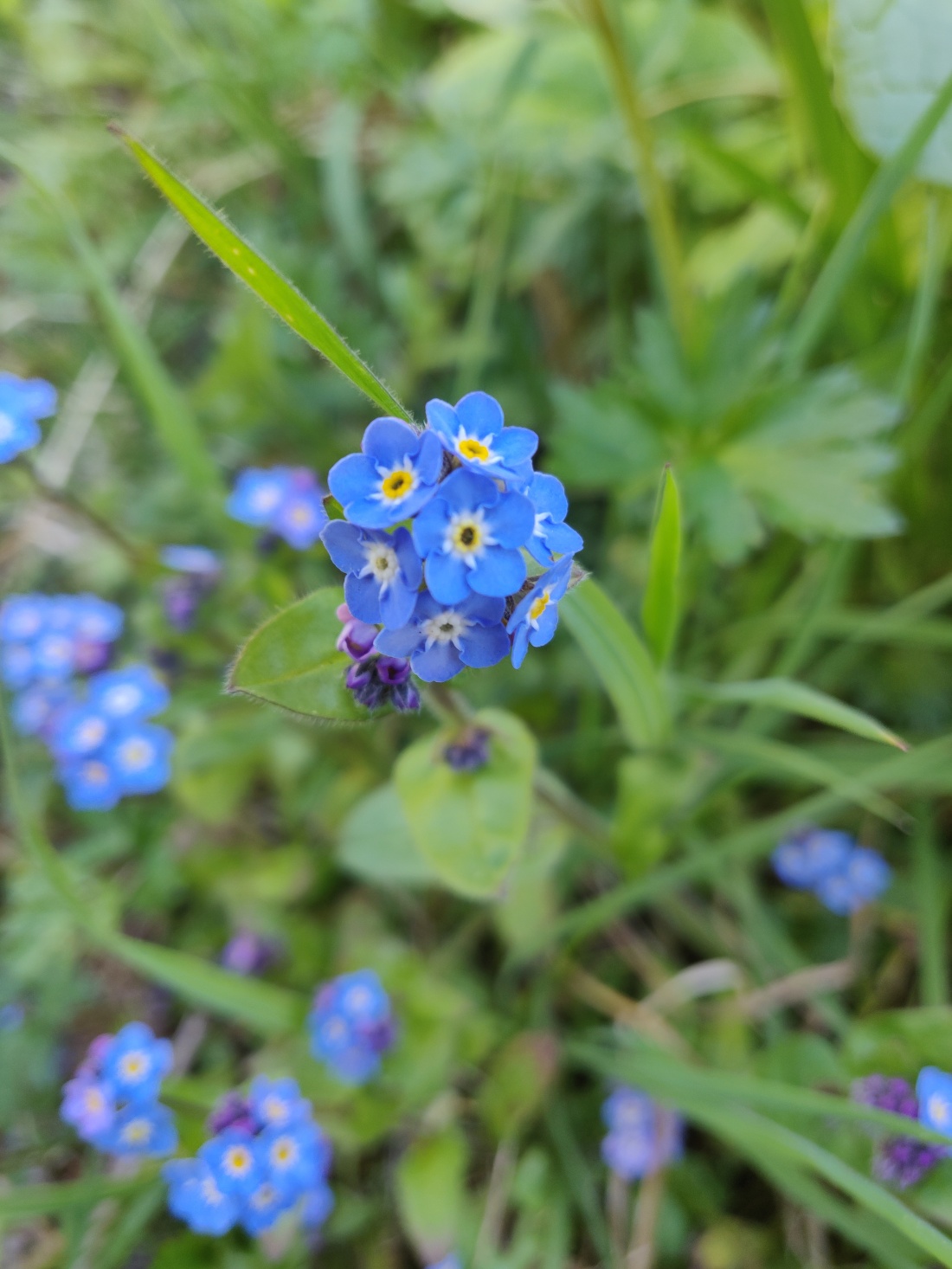A furious squall came up, and the waves broke over the boat, so that it was nearly swamped. Jesus was in the stern, sleeping on a cushion. The disciples woke him and said to him, “Teacher, don’t you care if we drown?” Mark 4:37-38
God has a plan for each and every one of us. He has a plan for families, communities, countries, and the world. That plan is to bring peace, his peace to all people and all of creation.
God is at peace and operates from a place of peace in all situations. Even when out in a boat during the fiercest of storms God is so at peace that he can rest. God’s peace is so much greater than any human peace. Human peace is fragile, more like a ceasefire than a lasting peace.
Humans are driven by fear. Fear for safety, fear for the future. That fear manifests itself in many different ways. People lash out at what they are afraid of hoping to gain power over it. At this time of the coronavirus pandemic this fear response is highlighted – panic buying, suspicion of others. Our actions driven by the fear brought about be the uncertainty of what the future might hold. We do not know the plan.
Yet God knows the plan. He can be still during a storm. God plans to make that deep lasting peace a reality in the world. To bring an end to wars, famine, illness. To bring harmony to all of creation.

![IMG_20200409_160807[791]](https://gemmasoddthoughtshome.files.wordpress.com/2020/04/img_20200409_160807791.jpg?w=1100)


